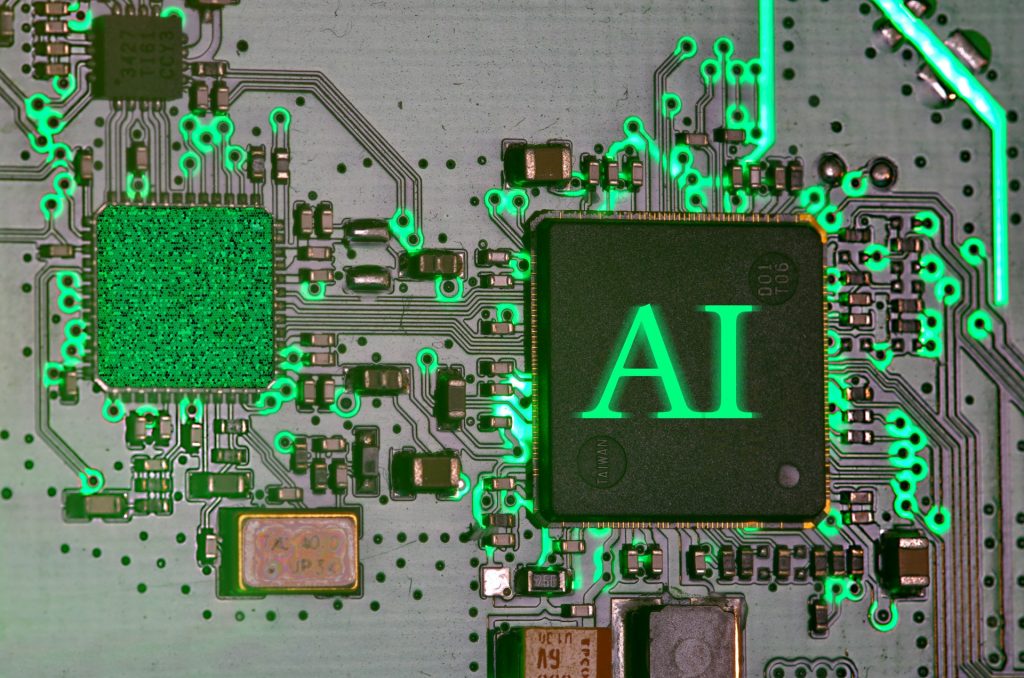Cutting-Edge Tech at Your Fingertips: Wearable Devices Ltd. Pushes Neural Input Forward

Wearable Devices Ltd. is gaining attention in the tech industry for its innovative approach to human-computer interaction. The company is pioneering a non-invasive neural input technology that enables users to control digital devices through slight finger movements and fingertip pressure — a development that could redefine how we interact with smart technology.
At the core of this advancement is the Mudra Band, a smart wristband designed to interpret neural signals and translate them into digital commands. This device reads subtle electrical signals generated by movements in the hand, allowing users to perform functions on digital devices without needing traditional touchscreens or physical buttons.
The potential applications for this technology are vast. From smartphones and tablets to augmented reality (AR) headsets and smart TVs, the Mudra Band aims to provide a seamless, touch-free user experience. Its intuitive interface could also offer greater accessibility for people with physical disabilities, making tech interaction more inclusive.
Founded in March 2014 by Asher Dahan, Guy Wagner, and Leeor Langer, the company is based in Yokne’am Illit, Israel — a region known for its vibrant tech ecosystem. Since its inception, Wearable Devices Ltd. has been focused on bridging the gap between neural signals and device control, pushing the boundaries of wearable technology.
With a current stock price of $2.39, reflecting a recent gain of 3.91%, the company is showing signs of positive momentum. Market observers are increasingly looking at Wearable Devices Ltd. as a promising player in the rapidly growing wearable tech space.
As the demand for more natural and immersive ways to interact with digital systems continues to rise, technologies like the Mudra Band are positioning themselves at the forefront of a new era in personal computing. With ongoing development and future integration into consumer electronics, the company could be on the cusp of transforming everyday tech experiences through neural interface innovation.





